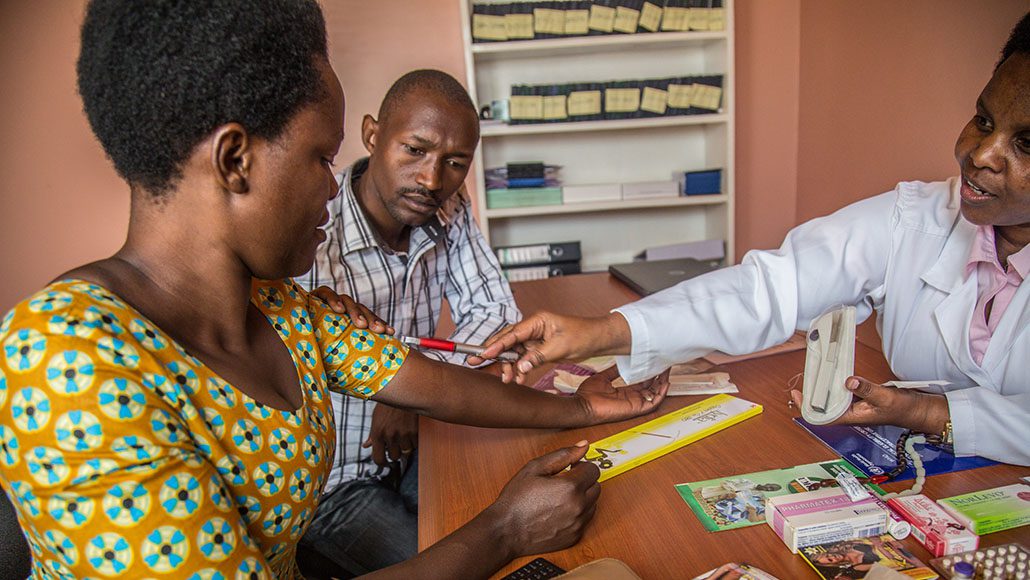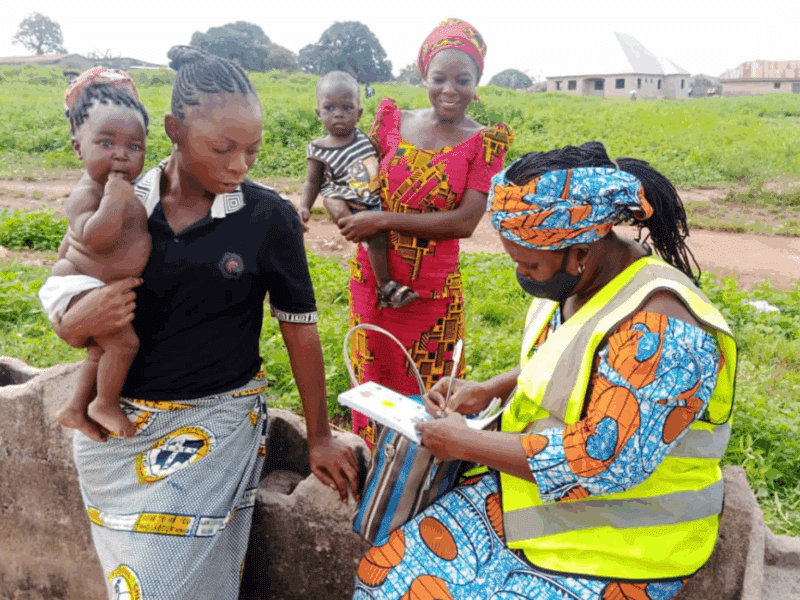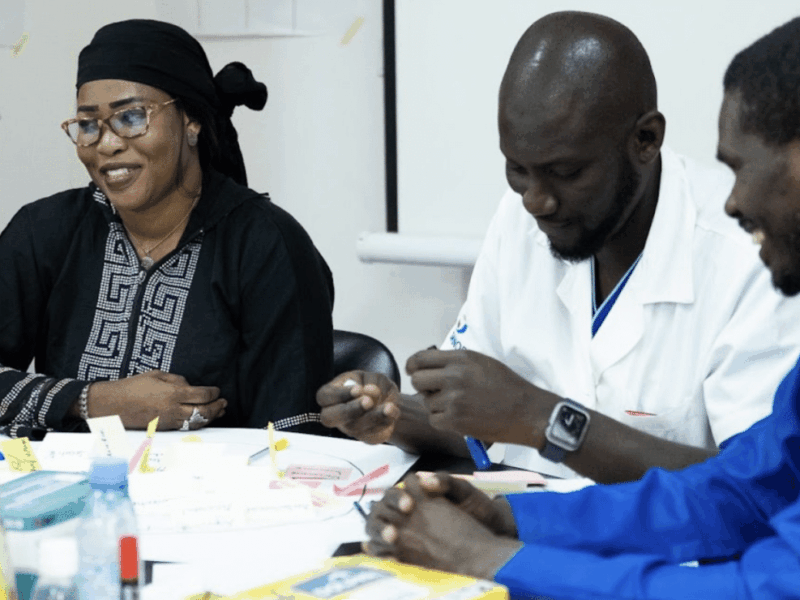Understanding the complex factors influencing health provider behavior – including workplace conditions, societal pressures, and geopolitical contexts – can not only improve patient experiences, but help strengthen health systems overall, says Alison Pack, a program officer at the Johns Hopkins Center for Communication Programs.
This week, Pack will present these findings and the Provider Behavior Ecosystem, designed by the CCP-led Breakthrough ACTION project, at the 8th Global Symposium on Health Systems Research in Nagasaki, Japan.
The interactive, online, color-coded ecosystem map aims to help stakeholders, such as district health officials and policy makers, understand the various factors influencing why facility-based providers behave the way they do. In turn, this new understanding can shape interventions aimed at ensuring better experiences for all.
“Providers are the linchpin of health systems because they work so closely with patients and clients and they really shape their experience of care including how patients perceive the services they’re receiving and the likelihood that they will come back to continue with the services or treatments that they need,” Pack says. “The importance of the framework lies in its impact on client experience and care expectations, which in turn affect community health.”
The Provider Behavior Ecosystem was developed because patients and providers aren’t always on the same page. Some providers, for example, may not be comfortable counseling adolescent women on family planning or providing family planning to women who have too few children. When this happens, women don’t get the family planning services they desire.
“This was created because clients said the providers weren’t meeting their needs, and we needed to identify what that bottom line reason was, because it’s not as simple as most people may think,” she says. “The ecosystem highly encourages collaboration with providers throughout this process to really understand where they’re coming from and what they’re experiencing, so they don’t feel like they’re being blamed or attacked for their behaviors. Sometimes the factors that contribute are out of their control.”
The ecosystem has helped Breakthrough ACTION develop a toolkit to create provider behavior change initiatives. The project has also developed ways to monitor and evaluate these initiatives. As of November 2024, the Provider Behavior Ecosystem and supporting tools have been used or adapted by at least 10 projects or programs. The Breakthrough ACTION Population and Reproductive Health team has also adapted the ecosystem to capture the factors influencing community health workers globally.
For example, the West African Breakthrough ACTION team has used the ecosystem to further organize and understand their research findings on family planning quality in Burkina Faso, Cote d’Ivoire, Niger and Togo.
“Providers impact the client experience and, at the end of the day, that’s going to affect the overall health of our communities, our friends and our family,” Pack says. “Because if clients have a bad experience in a healthcare setting, whether that’s in the community or at the facility, they are less likely to continue that care or reach out and trust and support the health system that they’re involved in. We aim to remedy that.”





